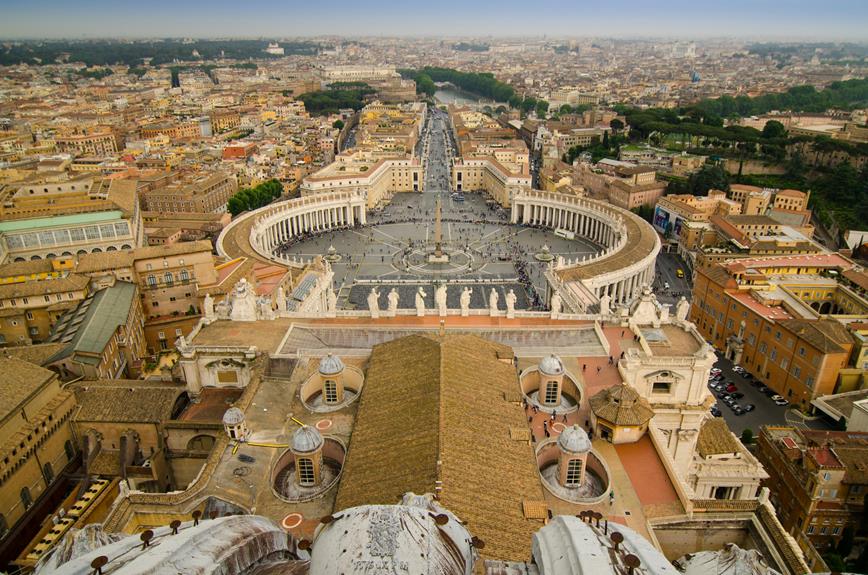As someone who loves serving others, I am excited to share with you the historical treasures of the Algarve.
One shining example is the ancient Roman ruins of Milreu in Estoi. These ruins provide a window into the past, allowing us to witness the grandeur of the Roman Empire in this region.
But the Algarve's historical wonders don't stop there. From medieval castles and fortresses to the Moorish influence seen in architecture, there is so much to discover and appreciate.
Historical churches, monasteries, and even the maritime and naval heritage of the Algarve all contribute to its captivating history.
So come, let's embark on a journey through time and explore the Algarve's fascinating historical treasures together.
Key Takeaways
- Well-preserved mosaics and baths of Milreu in Estoi showcase Roman civilization in the Algarve.
- Medieval castles and fortresses such as the Moorish Castle of Silves and Aljezur Castle reflect traditional Portuguese architecture and offer a glimpse into the region's history.
- The presence of Moorish architecture throughout the region, including the Castle of Silves and traditional whitewashed houses in Alte, highlights the influence of the Moors on the Algarve's architectural charm.
- Historical churches and monasteries, such as the Gothic cathedral in Silves and the Monastery of Nossa Senhora da Assunção, provide insight into the religious and cultural history of the Algarve with their intricate architecture and serene atmosphere.
Ancient Roman Ruins
As a history enthusiast, I'm fascinated by the ancient Roman ruins scattered throughout the Algarve, especially in Estoi, where the well-preserved mosaics and baths of Milreu provide a captivating glimpse into the region's Roman past.
The Algarve, known for its breathtaking landscapes and stunning coastline, also boasts a rich historical heritage. From the rugged cliffs of Cabo de São Vicente to the unique rock formations of Ria Formosa Natural Park, the Algarve is a treasure trove of historical wonders.
The ruins of Milreu, in particular, stand as a testament to the enduring legacy of Roman civilization in the region. Visitors have the opportunity to explore these ancient ruins and marvel at the intricate mosaics and well-preserved baths, offering a fascinating insight into Algarve's Roman history.
Transitioning into the next section, the Algarve's historical treasures also include its medieval castles and fortresses, which showcase the region's rich and varied past.
Medieval Castles and Fortresses
I visited several medieval castles and fortresses in the Algarve and was amazed by their historical significance.
One of the most impressive was the Moorish Castle of Silves. As I explored its ancient walls and narrow streets, I couldn't help but be transported back in time. This castle is a true hidden gem in the Algarve region, offering a glimpse into the rich history of the area.
Another notable fortress I visited was Aljezur Castle. It stood majestically on a hilltop, showcasing its strategic importance in defending the region during ancient times.
These medieval castles and fortresses aren't only important historical landmarks, but they also reflect the traditional Portuguese architecture and culture. Exploring them was a truly immersive experience that allowed me to appreciate the Algarve's captivating past.
Moorish Architecture and Influence
One of the key elements that fascinated me about the Algarve's historical treasures was the prominent presence of Moorish architecture and influence throughout the region. Dating back to the Moorish occupation, the stunning coastal area of the Algarve showcases the breathtaking beauty of Moorish architecture.
The Castle of Silves, for instance, offers panoramic views of the region and exhibits the intricate details of Moorish design. As I walked along the cobbled streets of the picturesque village of Alte, I couldn't help but notice the traditional whitewashed houses adorned with colorful flowers, a testament to the Moorish influence in the region.
The blend of Moorish and Roman architectural styles can also be seen in the ancient Roman ruins of Milreu in Estoi, where well-preserved mosaics and baths captivate visitors. Exploring the Algarve's historical treasures allows one to appreciate the rich tapestry of history and architectural charm influenced by the Moors.
Historical Churches and Monasteries
The Algarve's historical churches and monasteries showcase the region's rich spiritual and architectural heritage. These historical treasures in Portugal offer a glimpse into the religious and cultural history of the Algarve.
One notable example is the Gothic cathedral in Silves, which stands as a testament to the region's medieval past. Its intricate architecture and ornate details draw visitors in, allowing them to appreciate the craftsmanship of the time.
Another gem is the Monastery of Nossa Senhora da Assunção, known for its serene atmosphere and beautiful surroundings. As I explored these historical churches and monasteries, I couldn't help but be captivated by the tranquility and sense of peace they exude.
Standing beside the ancient Roman bridge, with the clear blue sky overhead, I felt a deep connection to the past. These historical sites serve as a bridge between the present and the rich history of the Algarve, paving the way for a deeper understanding of the region's maritime and naval heritage.
Maritime and Naval Heritage
Continuing our exploration through time, let's delve into the captivating maritime and naval heritage of the Algarve. With its beautiful beaches and crystal clear waters, the region has a long history of seafaring and naval traditions. One can almost imagine the ancient Phoenicians and Romans sailing along the Algarve coast, trading goods and exploring new territories.
Today, this rich heritage is still evident in the local cuisine and culture. Seafood stew, a specialty of the region, can be enjoyed in the charming seafood restaurants that line the coast. Fonte Pequena, a picturesque village known for its maritime traditions, offers a glimpse into the region's past. Visitors can also discover the Roman bridge, a testament to the engineering marvels of the ancient maritime civilizations that once thrived in the Algarve.



